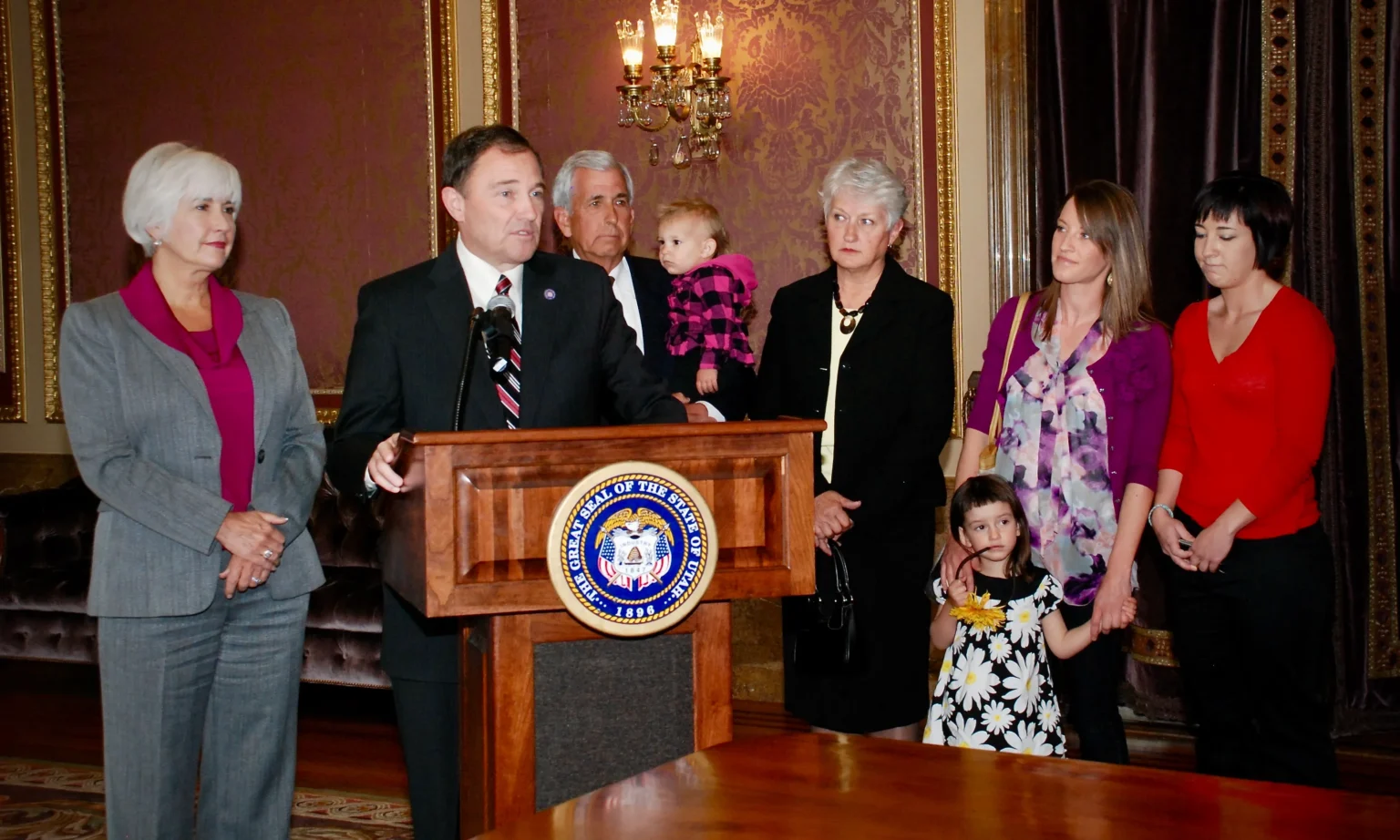Introduction
The terrible tale of Brian Cardall’s death has led to serious questions concerning police use of force, especially when it comes to people who are experiencing mental health crises. Following the death of young father and husband Brian Cardall in a police confrontation, there was a call for change and extensive media coverage.
Life of Brian Cardall
Brian Cardall was a devoted family man and a bright student. He was devote to his studies and working on a PhD in molecular ecology at Northern Arizona University. His peers and teachers respected him greatly because of his obvious enthusiasm for science and the natural world. Brian was also a loving father to their small girl and a faithful husband to his wife, Anna.
Tragic Incident
Events Leading Up to the Incident
On June 9, 2009, Brian Cardall was driving in Southern Utah on State Route 59 with his spouse. During the trip, Brian, who had a history of bipolar disorder, went through a mental health episode. Anna dialed 911 for help, fearing for his safety. Upon the arrival of law enforcement, the situation rapidly worsened.
Police Response
This incident highlighted the need for better mental health crisis intervention training for police officers, as well as the importance of non-lethal methods and the use of mental health professionals in situations involving individuals with mental illnesses. The case has since been a catalyst for discussions around reforming police practices to better handle mental health emergencies, ensuring that individuals receive the care they need rather than facing potentially fatal consequences during a crisis.
When the responding police arrived, they discovered Brian naked and disoriented by the side of the road. Rather than utilizing de-escalation tactics, one of the police shocked Brian with a Taser while he was in a vulnerable position. He instantly passed out after the Taser was used. At the scene, Brian Cardall was declare dead despite efforts to resuscitate him.
Investigation and Legal Proceedings
Initial Investigation
An investigation was start to ascertain the incident’s circumstances after Brian Cardall pass away. There were concerns express regarding the necessity and appropriateness of using the Taser in light of Brian’s condition, which centered around its use.
Legal Actions
A lawsuit was file by Anna Cardall against the police and the Hurricane Police Department. According to the lawsuit, the cops engaged in excessive force and disregarded established procedures while assisting people going through mental health crises. The instance demonstrated how law enforcement needs greater resources and training to deal with these kinds of situations.
Impact and Reforms
Public Outcry and Media Coverage
The untimely passing of Brian Cardall caused a great deal of public outrage and media attention. Many questioned whether it was appropriate to use Tasers on people who had mental health problems and demanded extensive changes to police practice and training.
Policy Changes and Training Programs
Numerous law enforcement organizations across examined and revised their use-of-force protocols in reaction to the incident. De-escalation strategies and the appropriate care of people with mental health disorders were emphasize. In order to encourage safer, more efficient responses and to educate officers on the complexity of mental health, training programs were put into place.
Legacy of Brian Cardall
Advocacy and Awareness
The terrible tale of Brian Cardall has sparked reform. His family and allies have put in countless hours to spread the word about the difficulties experienced by those with mental health issues and the significance of law enforcement’s considerate and knowledgeable reactions.
Ongoing Efforts
In keeping with Brian’s wishes, groups that support police reform and mental health care keep pressing for structural adjustments. The goal of these initiatives is to guarantee that no other family has to go through the suffering and loss that the Cardall family did.
Legislative Impact
In some regions, Cardall’s case has influenced legislative changes aimed at improving the handling of mental health emergencies. These changes include the allocation of resources for mental health services, the establishment of crisis intervention teams, and the implementation of policies that prioritize de-escalation and non-lethal interventions.

Research Table: Key Facts and Figures
| Aspect | Details |
|---|---|
| Date of Incident | June 9, 2009 |
| Location | State Route 59, Southern Utah |
| Brian Cardall’s Age | 32 years old |
| Mental Health Condition | Bipolar Disorder |
| Police Response | Use of Taser |
| Outcome | Brian Cardall’s death |
| Legal Action | Lawsuit filed by Anna Cardall |
| Public Response | Significant media coverage and public outcry |
| Policy Changes | Reforms in police training and use-of-force protocols |
| Legacy | Advocacy for mental health awareness and police reform |
FAQs
What happened to Brian Cardall?
Brian Cardall die after being tasered by police during a mental health crisis on June 9, 2009. The incident occurred on State Route 59 in Southern Utah.
Why was Brian Cardall tasered?
Brian Cardall was experiencing a bipolar episode and was disoriented when police arrive. Instead of de-escalating the situation, an officer used a Taser, which led to his death.
What was the outcome of the lawsuit file by Anna Cardall?
Anna Cardall accused the Hurricane Police Department of using excessive force and managing the case improperly when she filed a complaint against them. The instance highlighted the need for improved procedures and training for police officers handling mental health emergencies.
What changes have made since Brian Cardall’s death?
Numerous police enforcement organizations have revised their use-of-force guidelines in reaction to the incident, placing a stronger emphasis on de-escalation tactics and treating people with mental health issues with care. Officers have trained on these issues through the implementation of training programs.
How has Brian Cardall’s story impacted mental health advocacy?
Because of Brian Cardall’s tale, more people are aware of the difficulties that people with mental health disorders encounter and the necessity for law enforcement to respond to these issues in a kind and knowledgeable manner. In an effort to stop disasters like this one, advocacy groups are still working to improve the system.
Conclusion
In dealing with people going through mental health crises, the untimely death of Brian Cardall is a sobering reminder of the value of appropriate training and empathetic reactions. Because of his tale, law enforcement procedures have undergone substantial changes, and he has come to represent the necessity for constant awareness-raising and activism.


